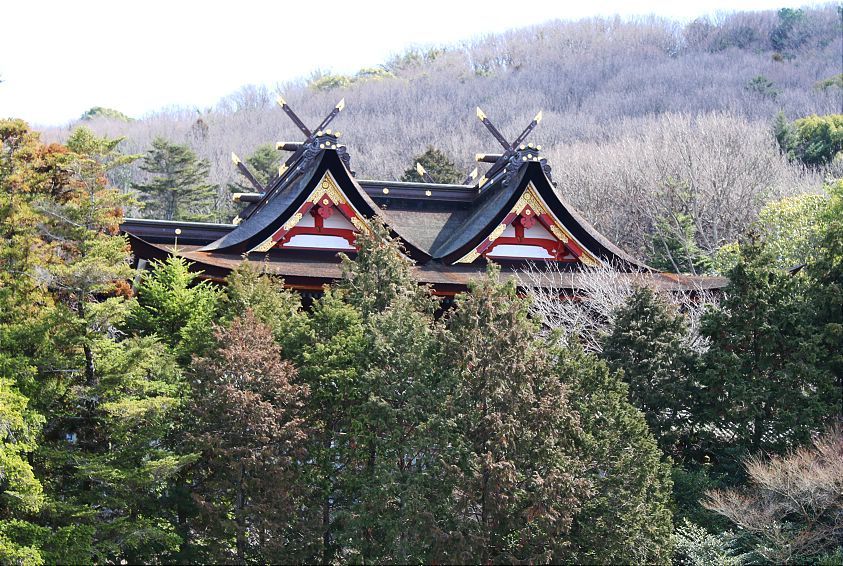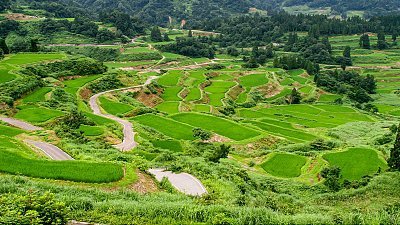The legend of Momotaro
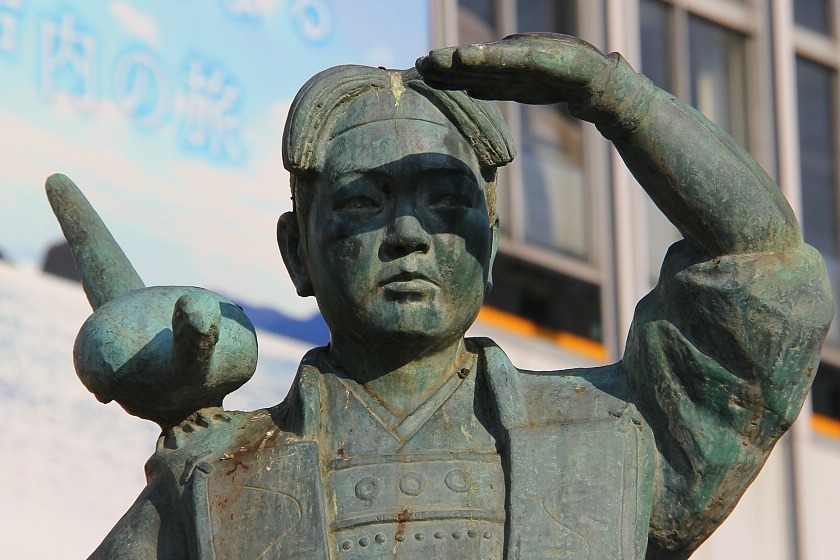
One of Japan's most popular folk tales, the story of Momotaro or "peach boy" has probably been told since at least the Muromachi Period, made its first appearance in print around the early Edo Period and is still well-known by children. Although its precise origins are not known, in the popular imagination it is firmly linked to Okayama Prefeture, where it is especially celebrated today.
The story begins with an elderly, childless couple living a secluded life in the mountains. One day, the old woman was washing clothes in the river when a giant, delicious-looking peach came floating past. She decided to take it home to share with her husband, but when they cut it open they were amazed to discover a baby boy inside. Delighted by this strange and unexpected gift, they named the boy Momotaro and kept him to raise as their own.
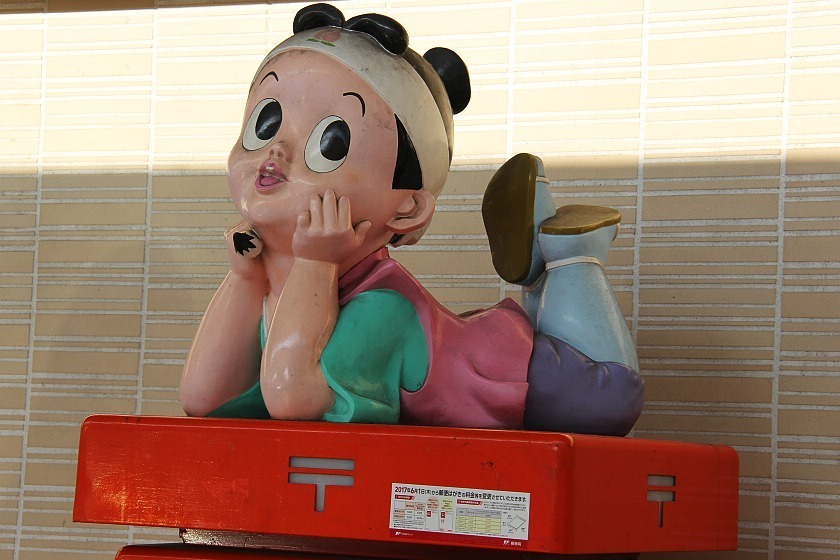
Momotaro grew to be strong and brave, and when word reached the family of a group of ogres pillaging the land, he left to confront them taking only a handful of millet dumplings, called kibi dango. Along the way, he met a monkey, a dog and a pheasant, and shared the dumplings with them. In exchange for this kindness, they each agreed to help him in his fight against the ogres.
The four companions were finally able to track the ogres to their home on an island. The door was locked, but the pheasant was able to fly over the wall and let them in. Momotaro fought the ogres while his animal friends pecked, scratched and bit them, until the ogres surrendered and handed over their stolen loot. Momotaro returned home to his parents in the mountains, where they all lived happily ever after.
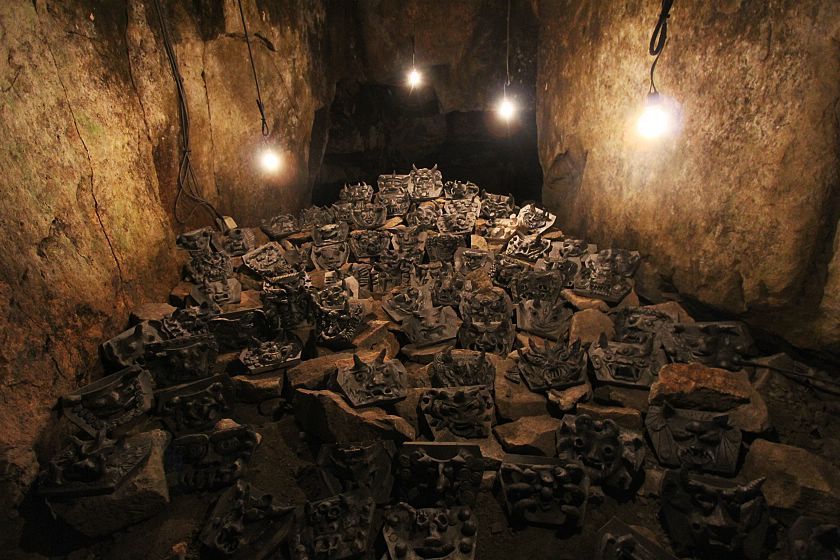
Despite being a very simple story, the Momotaro legend is seen as quintessentially Japanese and particularly rich in symbolism, especially in its depiction of food as a gift from nature and having the power to bind people together. For famous folklorist Yanagita Kunio, the river in the story is also especially significant as a link between man and the spirit world. From the late 19th century, the story became associated with teaching patriotic values, appearing in elementary school textbooks through to the end of the Second World War.
In Okayama folklore, the character of Momotaro is linked to Kibitsuhiko, a prince of the proto-Japanese state of Yamato. In the Nihon Shoki, Kibitsuhiko is recorded as slaying an ogre named Ura, perhaps symbolising the local state of Kibi which was conquered during this period. Today, his spirit is enshrined at the Kibitsuhiko Shrine on the Kibi Plain. The impressive ruins of Kinojo Castle and the island of Megijima near Takamatsu have both been cited as the legendary home of the ogres, while statues and other depictions of the peach boy and his companions are a common sight in Okayama City.
